
Filter News
Area of Research
- (-) Building Technologies (2)
- (-) Fusion Energy (2)
- (-) Neutron Science (82)
- Advanced Manufacturing (5)
- Biology and Environment (94)
- Biology and Soft Matter (1)
- Computational Biology (1)
- Computational Engineering (2)
- Computer Science (12)
- Energy Science (74)
- Energy Sciences (1)
- Fusion and Fission (5)
- Materials (37)
- Materials for Computing (8)
- Mathematics (1)
- National Security (15)
- Nuclear Science and Technology (4)
- Quantum information Science (5)
- Supercomputing (82)
News Type
News Topics
- (-) Computer Science (10)
- (-) Environment (4)
- (-) Frontier (1)
- (-) Neutron Science (77)
- (-) Physics (2)
- 3-D Printing/Advanced Manufacturing (5)
- Advanced Reactors (6)
- Artificial Intelligence (5)
- Big Data (1)
- Bioenergy (4)
- Biology (3)
- Biomedical (10)
- Buildings (3)
- Chemical Sciences (3)
- Clean Water (2)
- Coronavirus (5)
- Energy Storage (4)
- Fossil Energy (1)
- Fusion (11)
- High-Performance Computing (1)
- Hydropower (1)
- Machine Learning (3)
- Materials (9)
- Materials Science (12)
- Mathematics (1)
- Microscopy (2)
- Nanotechnology (3)
- National Security (1)
- Nuclear Energy (11)
- Polymers (1)
- Quantum Computing (1)
- Quantum Science (2)
- Security (1)
- Space Exploration (2)
- Summit (3)
- Transportation (2)
Media Contacts
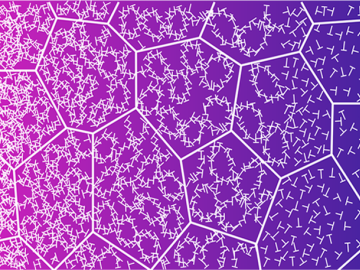

Oak Ridge National Laboratory researchers designed and field-tested an algorithm that could help homeowners maintain comfortable temperatures year-round while minimizing utility costs.
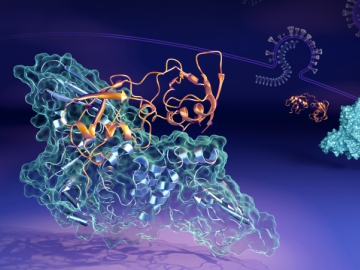
Scientists at Oak Ridge National Laboratory have uncovered how the SARS-CoV-2 virus evades the human immune system by studying the interaction between a viral protein (PLpro) and a key immune protein (ISG15). These insights could guide the development of therapeutic drugs to block this interaction, enhancing the body’s ability to combat the virus.

An ORNL-led team comprising researchers from multiple DOE national laboratories is using artificial intelligence and computational screening techniques – in combination with experimental validation – to identify and design five promising drug therapy approaches to target the SARS-CoV-2 virus.

Researchers from NASA’s Jet Propulsion Laboratory and Oak Ridge National Laboratory successfully created amorphous ice, similar to ice in interstellar space and on icy worlds in our solar system. They documented that its disordered atomic behavior is unlike any ice on Earth.

At the Department of Energy’s Oak Ridge National Laboratory, scientists use artificial intelligence, or AI, to accelerate the discovery and development of materials for energy and information technologies.

From Denmark to Japan, the UK, France, and Sweden, physicist Ken Andersen has worked at neutron sources around the world. With significant contributions to neutron scattering and the scientific community, he’s now serving in his most important role yet.
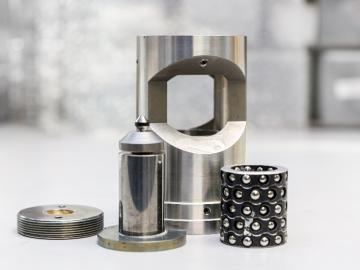
Researchers at Oak Ridge National Laboratory’s Spallation Neutron Source have developed a diamond anvil pressure cell that will enable high-pressure science currently not possible at any other neutron source in the world.
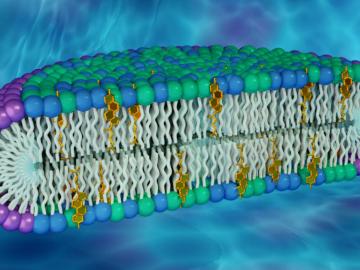
Researchers believe that proteins could behave differently in lipid raft environments, compared to non-raft regions in a membrane, but this hypothesis has not been fully evaluated. One reason is that membrane models used to study membrane proteins rarely contain rafts.
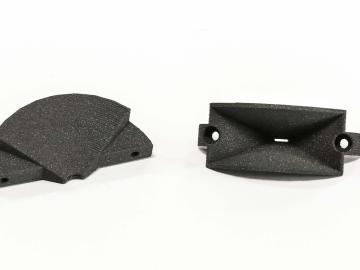
The ExOne Company, the global leader in industrial sand and metal 3D printers using binder jetting technology, announced it has reached a commercial license agreement with Oak Ridge National Laboratory to 3D print parts in aluminum-infiltrated boron carbide.


